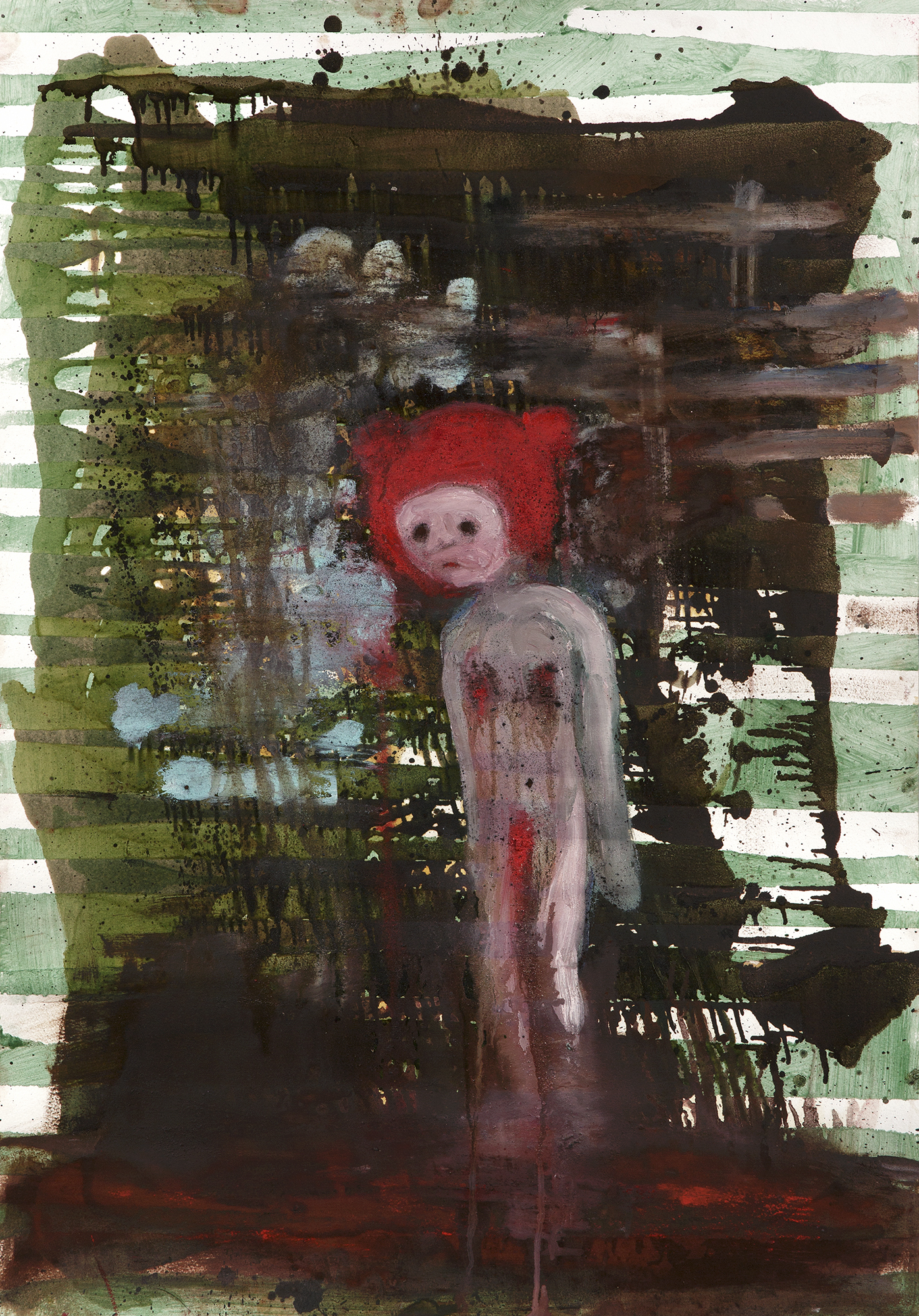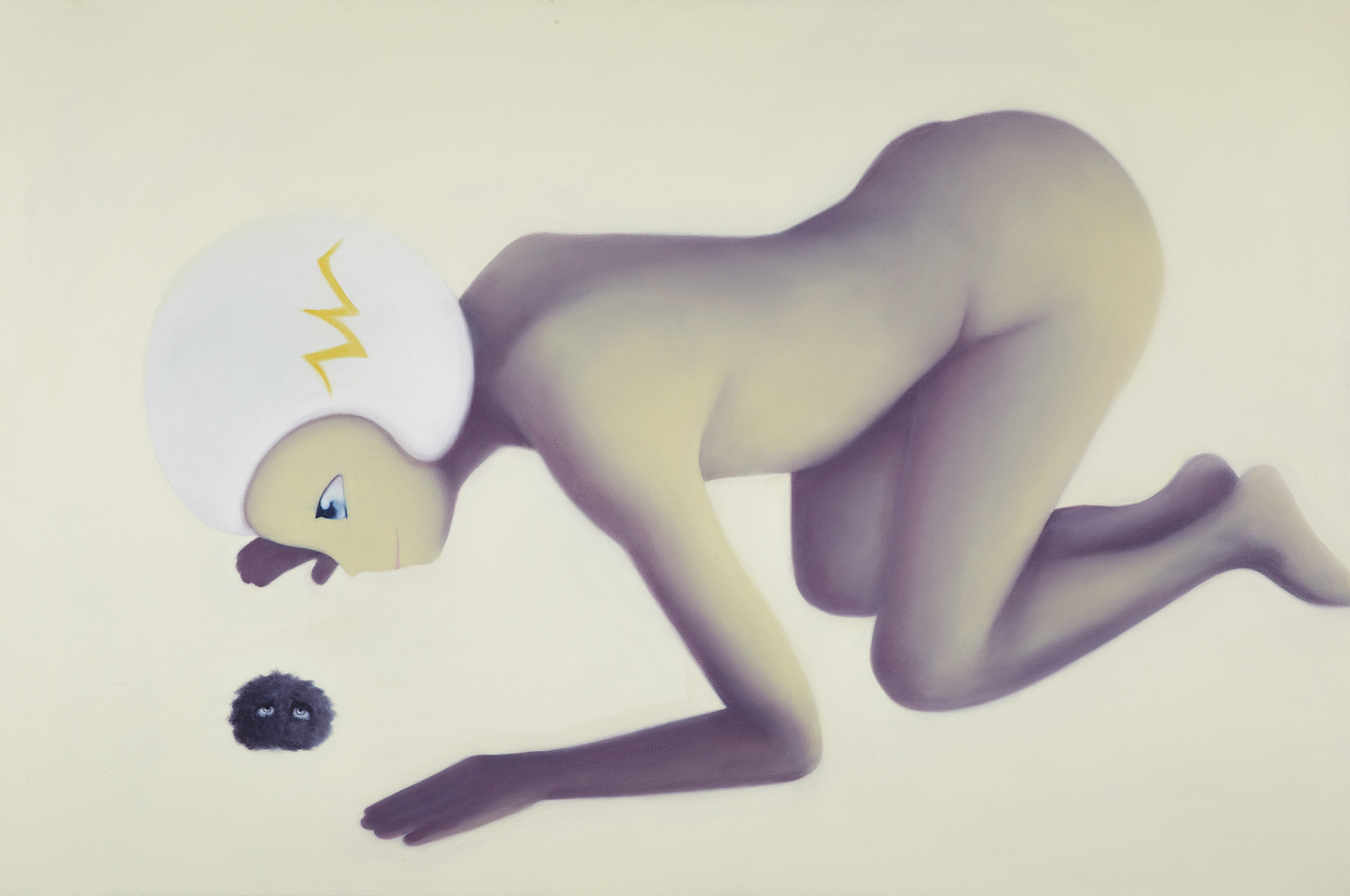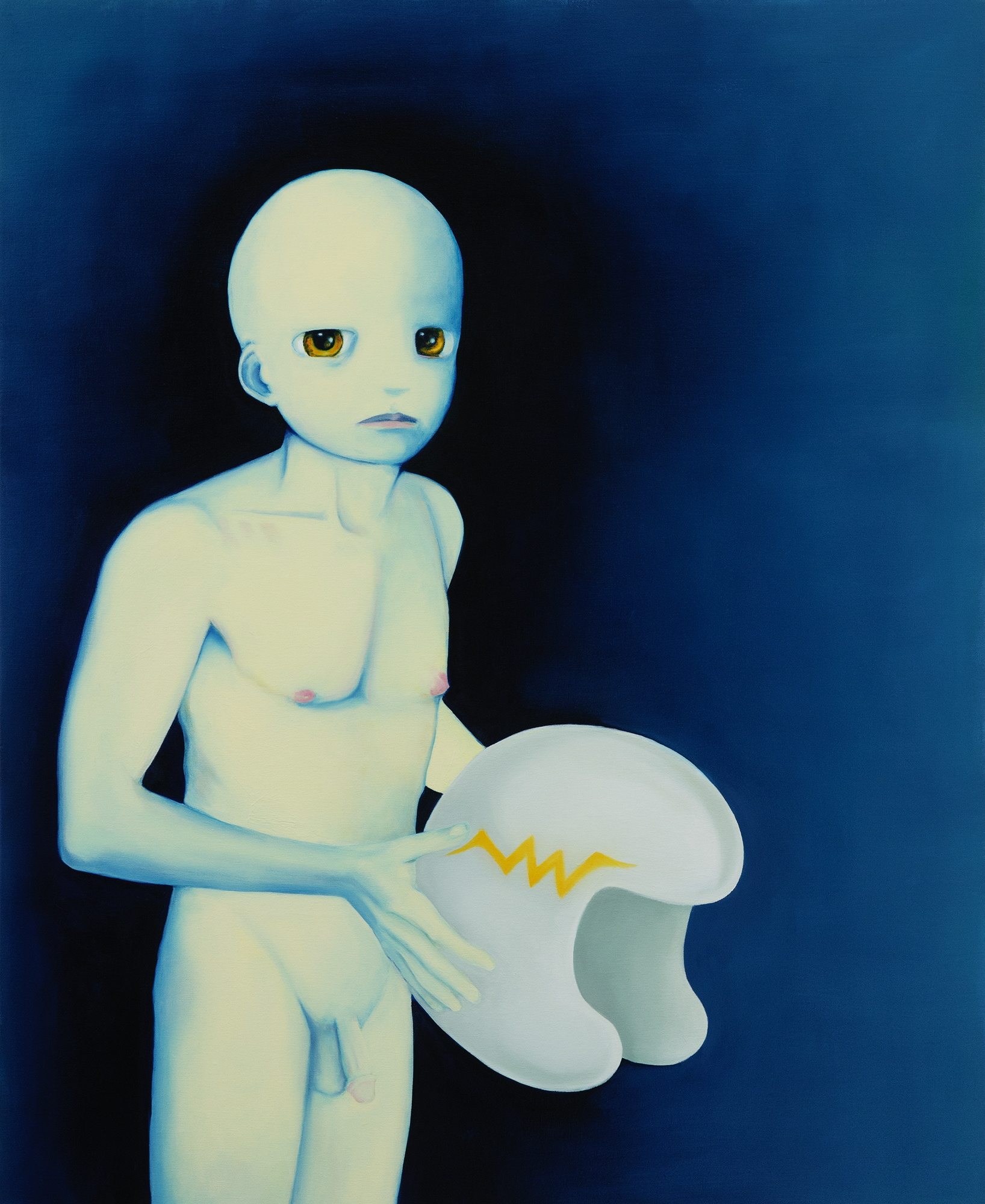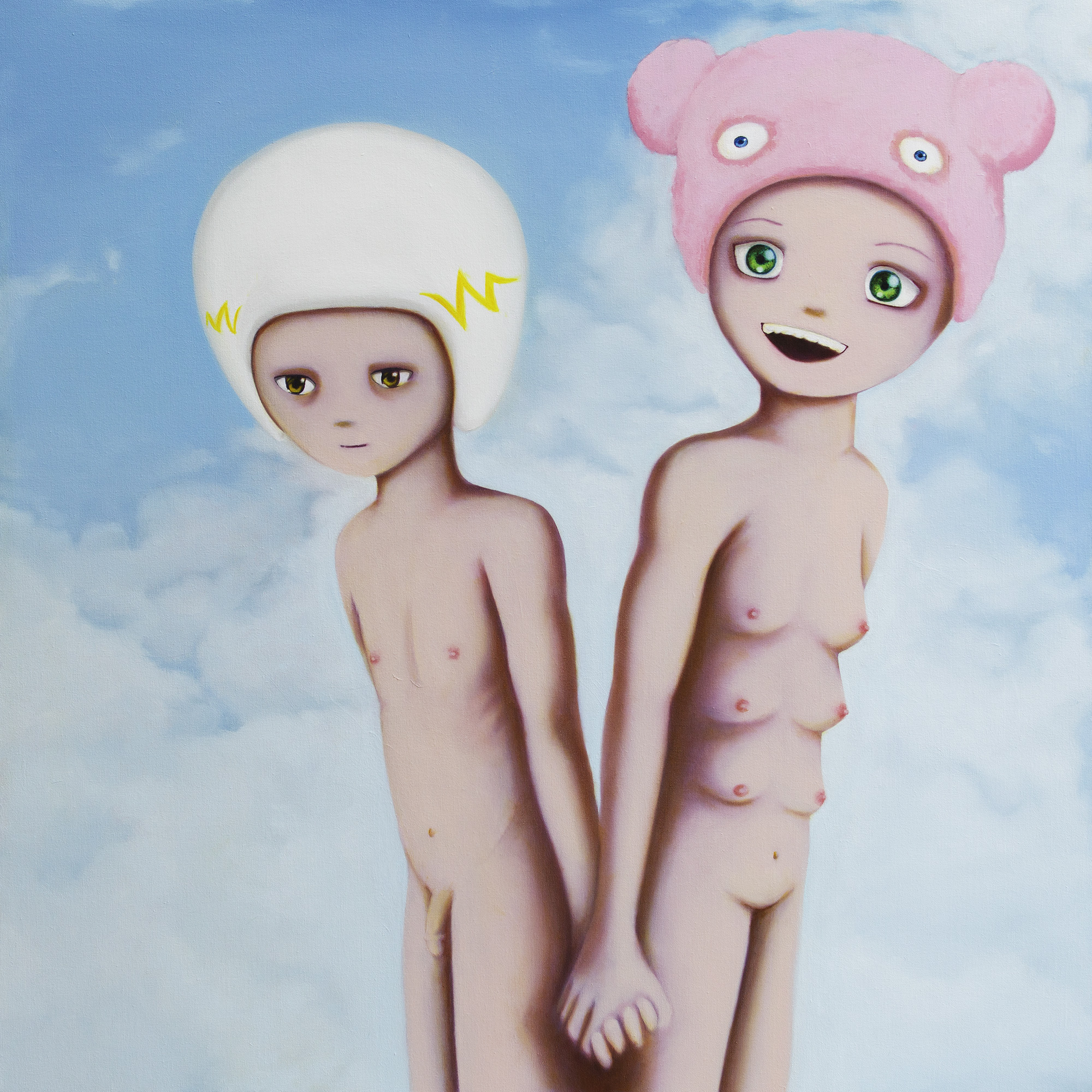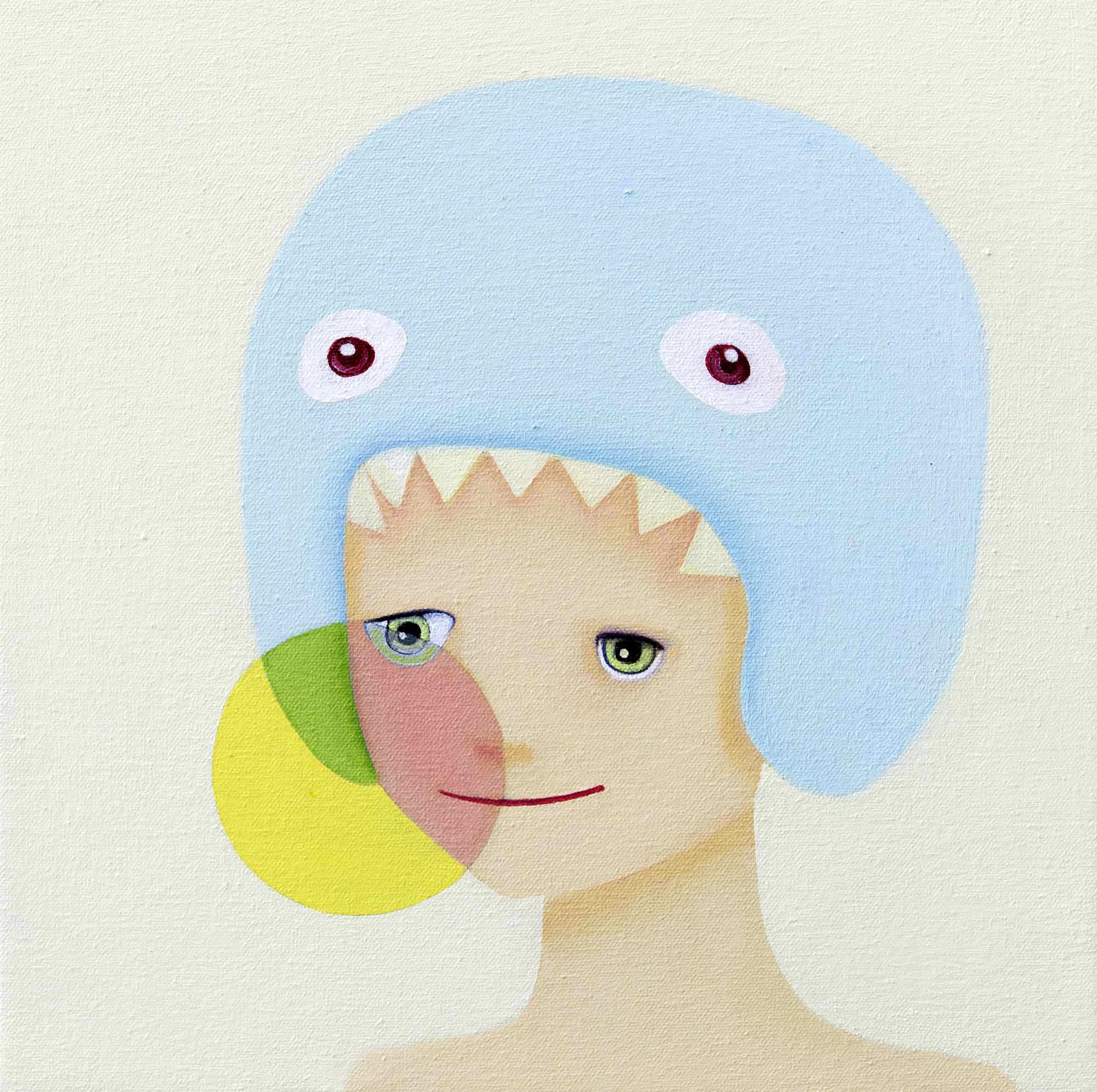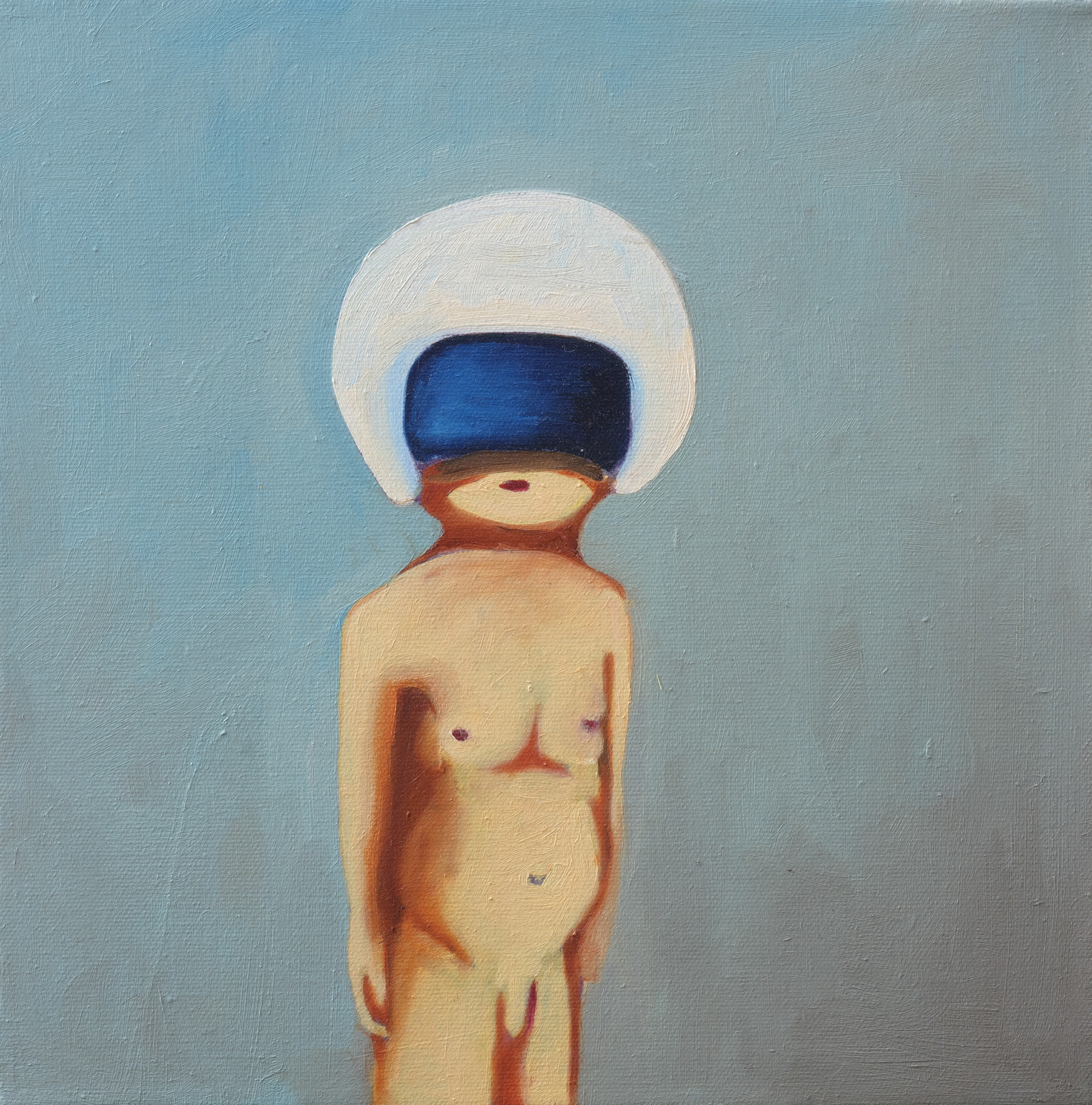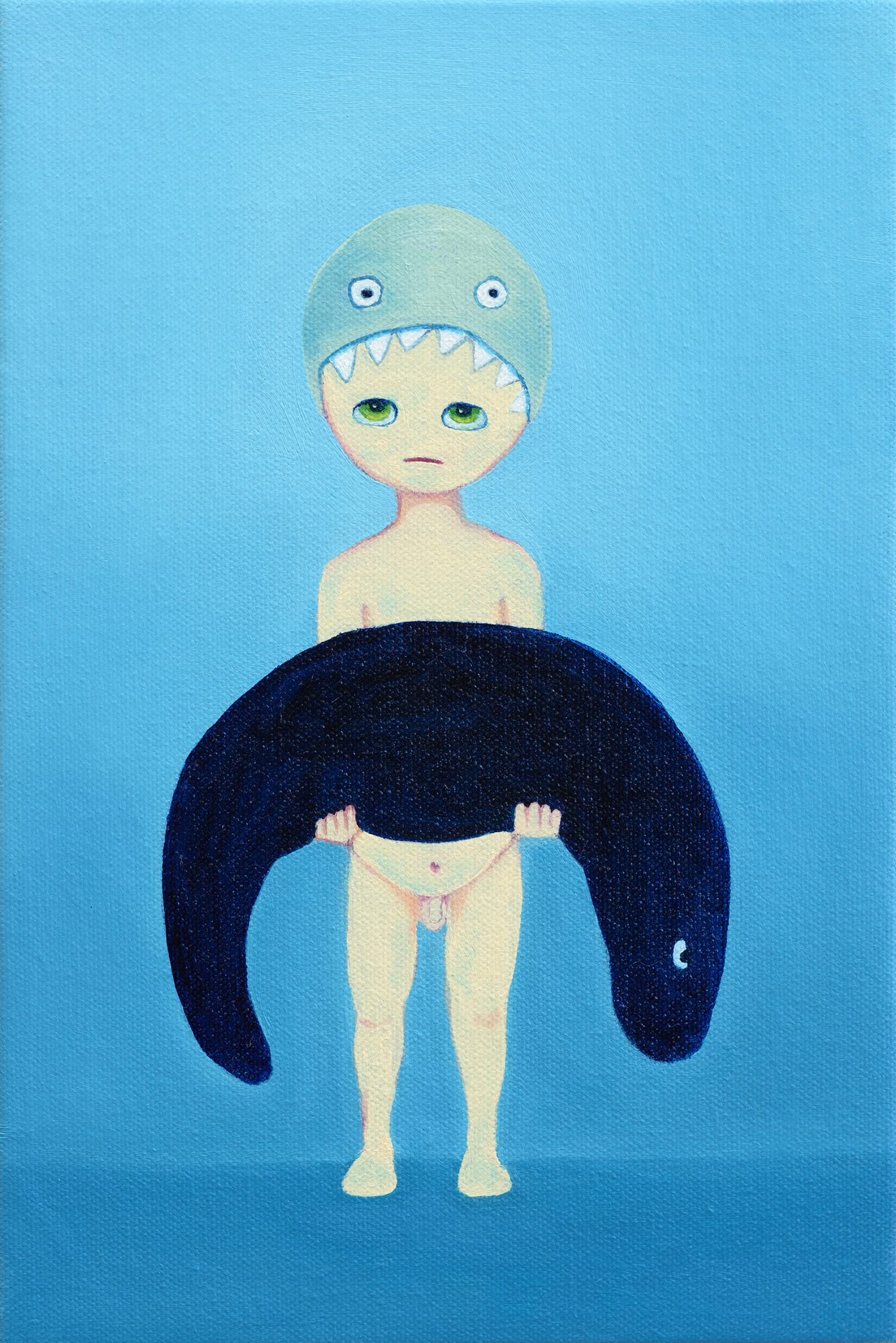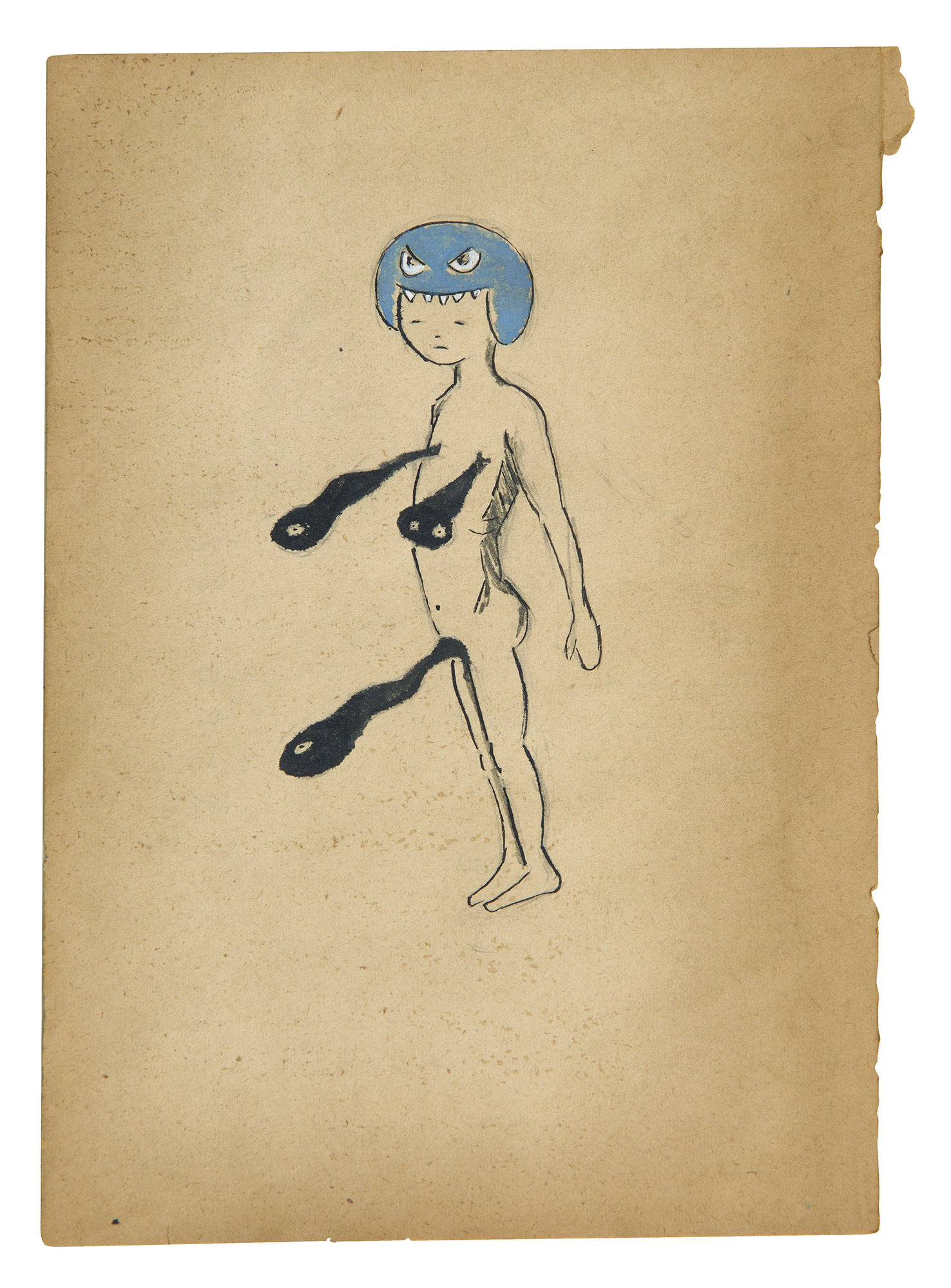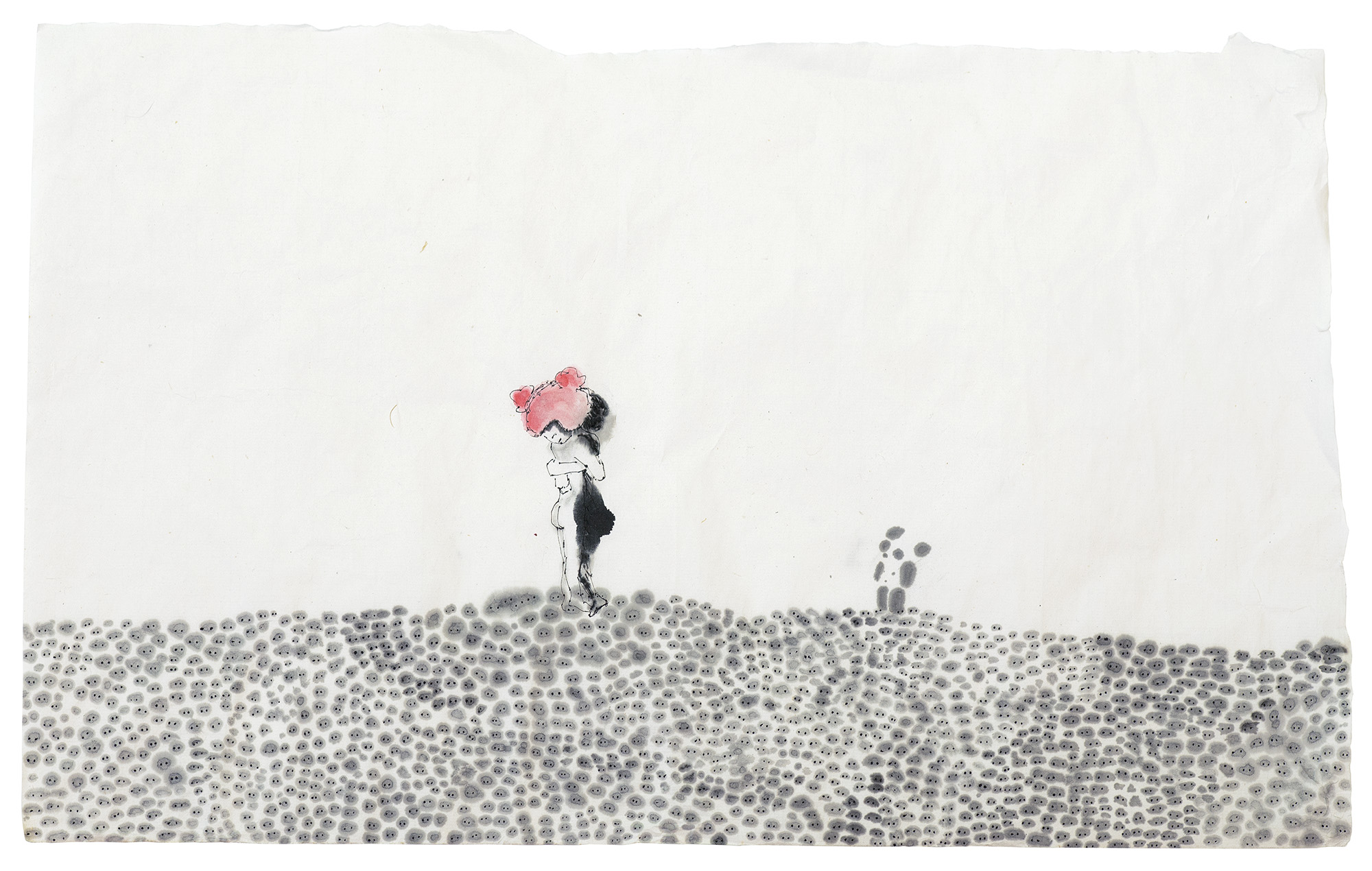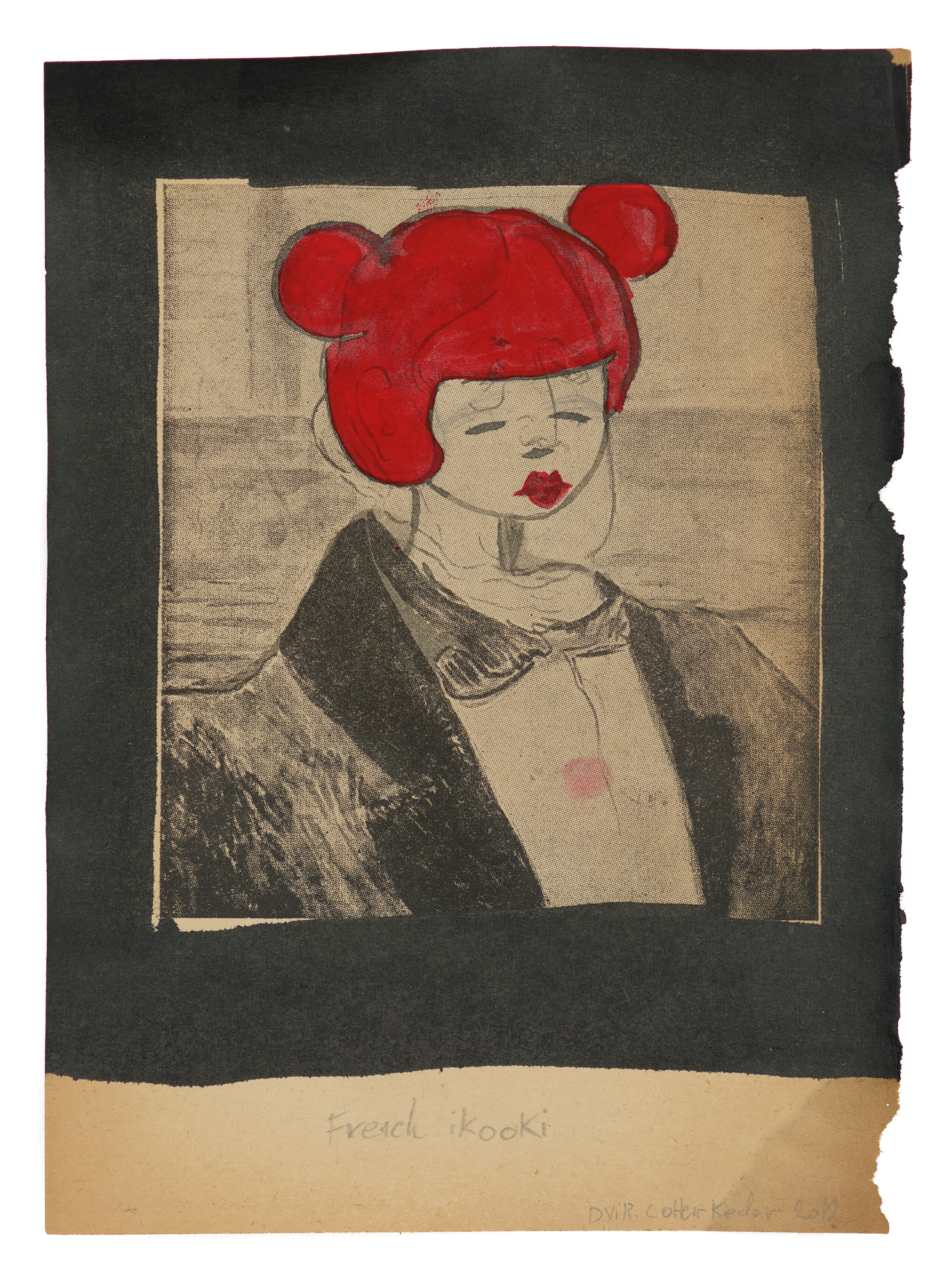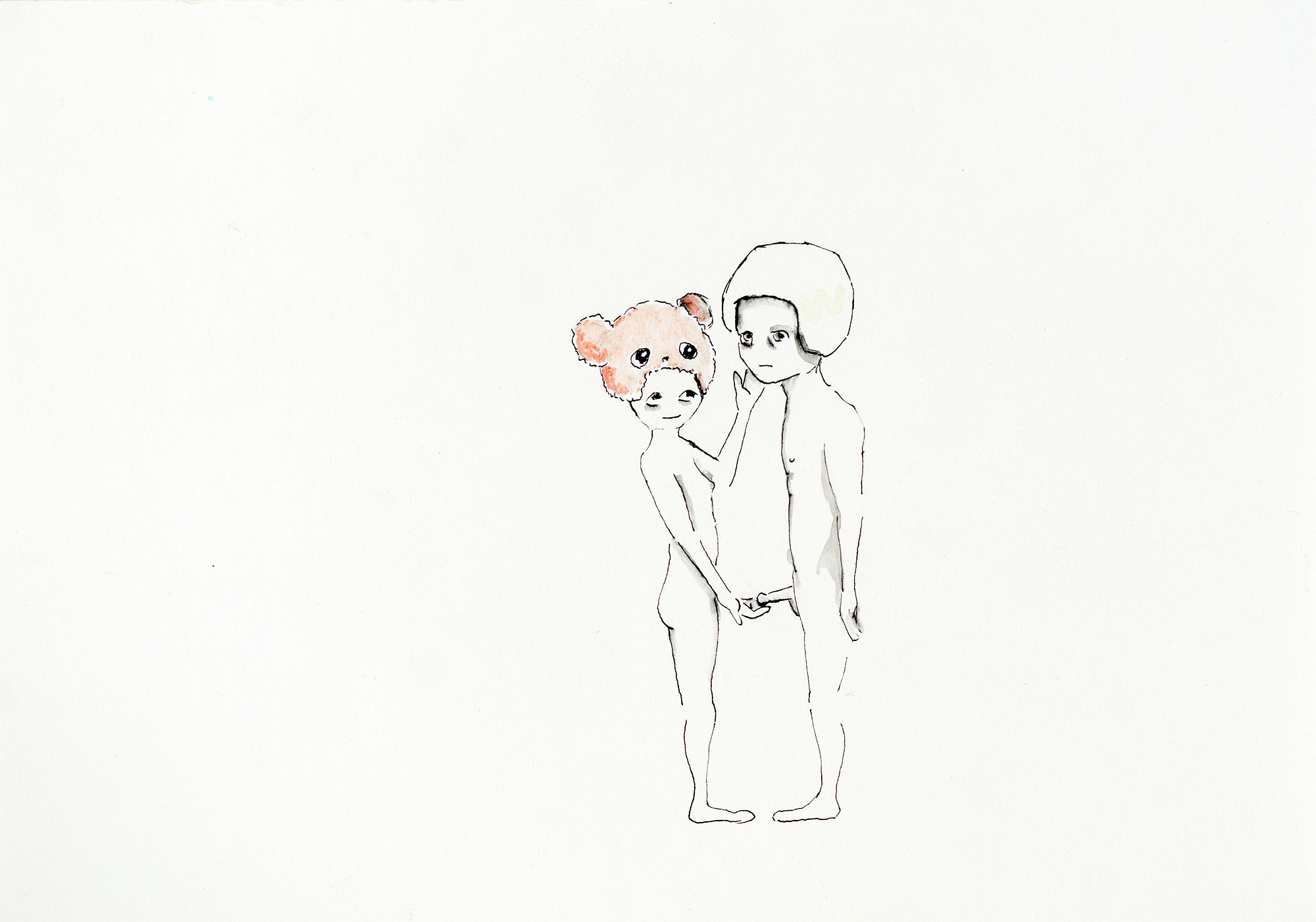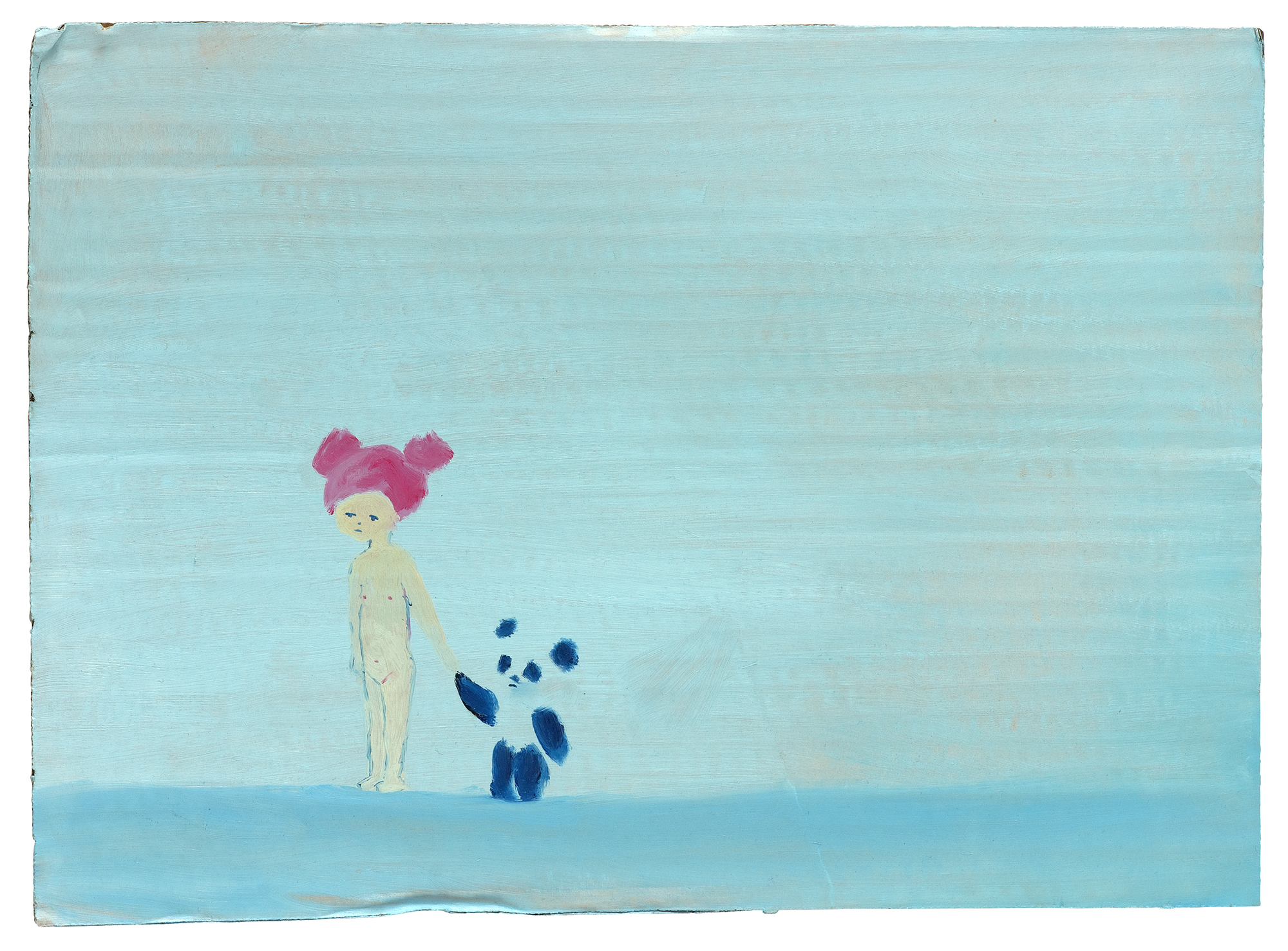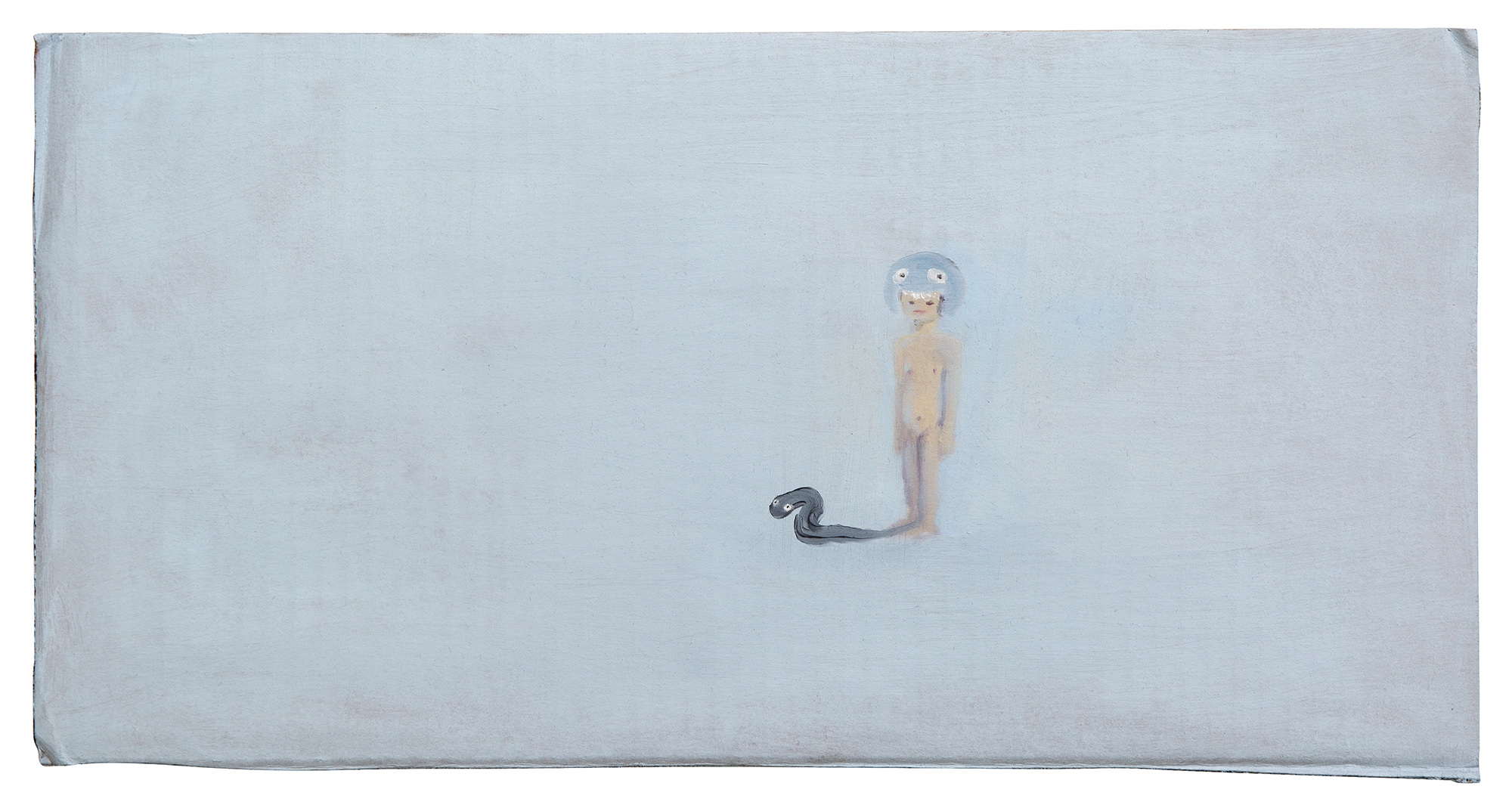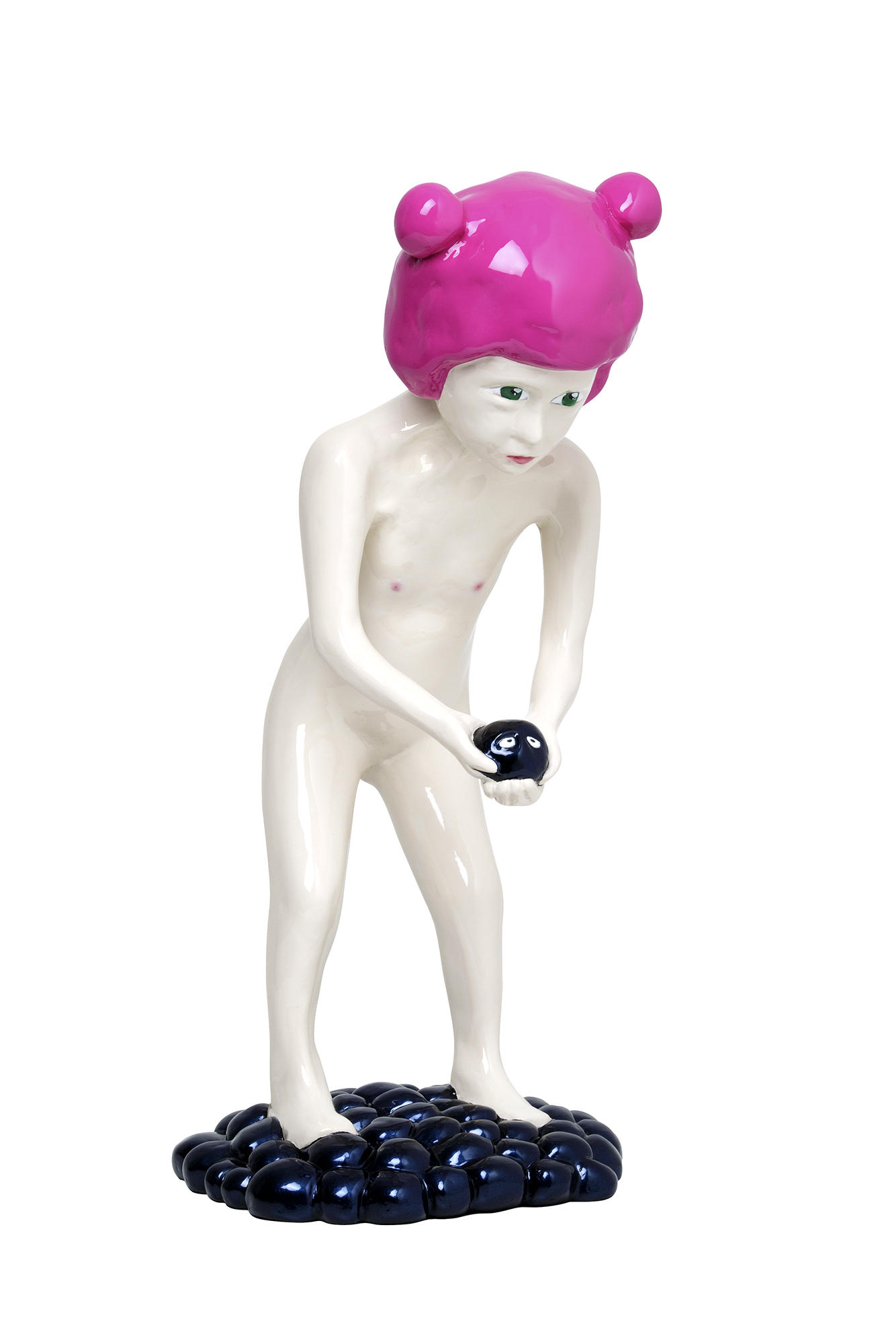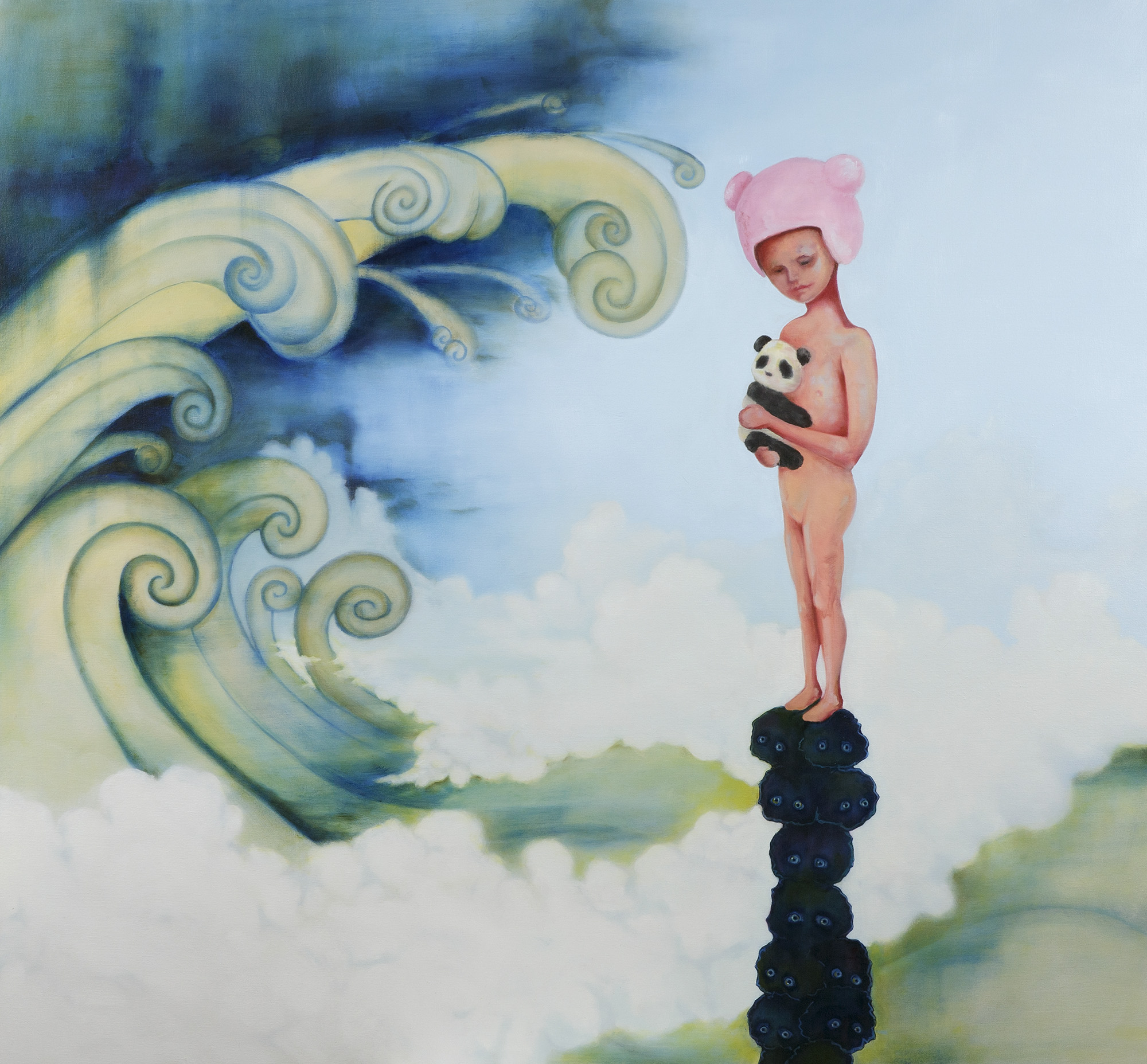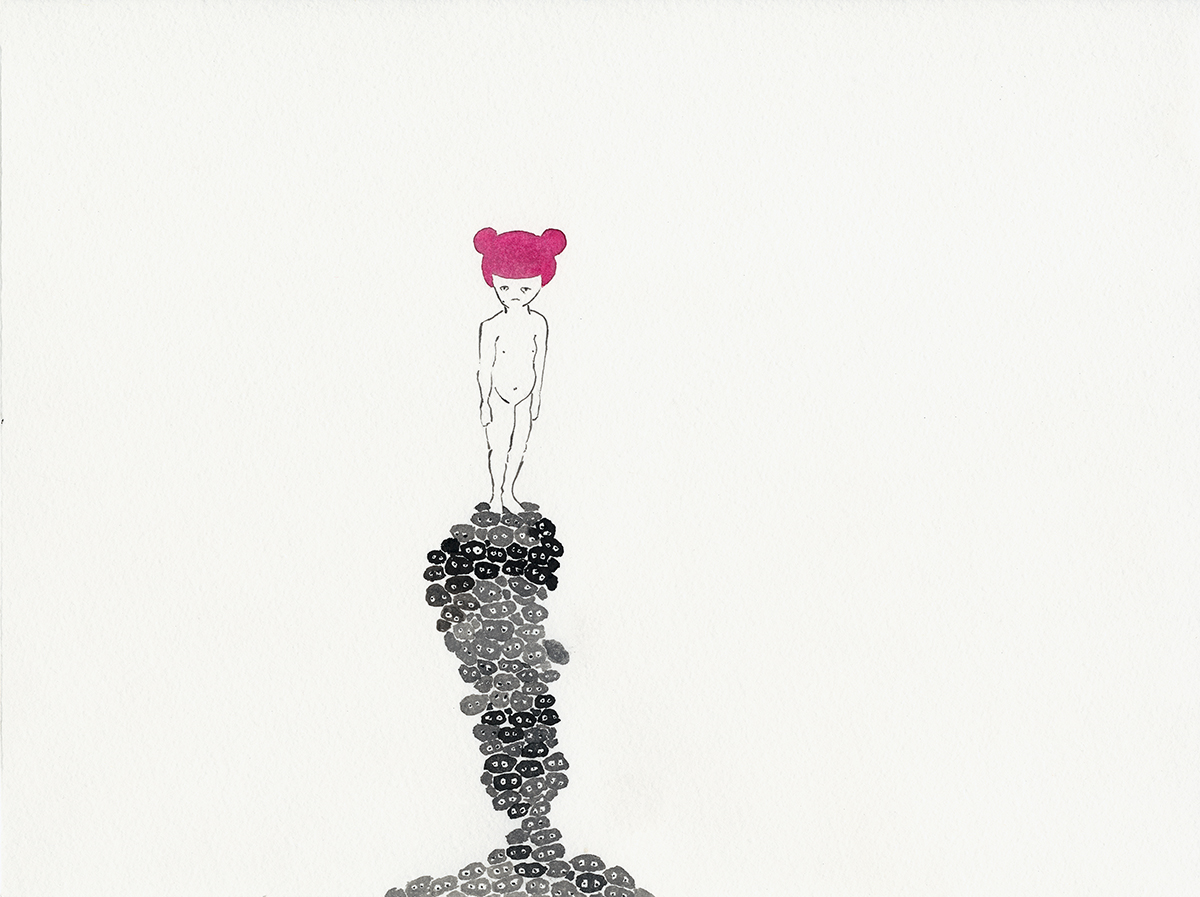Dvir Cohen Kedar
Dvir is born in Israel in 1978, stayed for a period of four years in Taiwan and currently lives and works in Tel Aviv. He is a co-founder and member of the Alfred Gallery.
He studied a bachelor in Fine Arts and Education and graduated with honors from the "Hamidrasha" School of Fine Arts, Beit Berl college in 2005, and holds a M.F.A degree at the Haifa University (2008). He studied a master class at the Hatahana Studio for figurative Painting and Drawing and a Digital sculpting course at the Israel Animation College (IAC), ZBrush.
In recent years, his practice became cross-disciplinary, involving new media (2D animations), and sculpture, in addition to his traditional practice as a painter. The exploration of new media complements his traditional practice as an artist. The paintings and drawings engender animations and sculptures, which, in turn, produce more paintings and drawings. Thus, the intermingling of materials defies any hierarchy of artistic mediums.
He tends to give his art a bright and playful appearance, while beneath it he tries to challenge the established dichotomies of high art and popular culture, East and West, life and death, humor and gravity, skepticism and belief. The exposure to the Far East aesthetics and imagery in his youth is reflected in his work considerably. Visually, his work merges the dystopic worlds of popular anime and manga cartoons with western painting techniques.
Thematically, his work is rooted in the disturbing preoccupation with the human body in western culture. The human body is displayed as genetically unstable, biodegradable, and its growth and change are perceived as betrayal. A significant amount of his work portrays children trying to hold on to their childhood with all their might. The transition from childhood to adolescence and adulthood involves physiological and psychological changes. The impression received through the gaze and posture of the characters is that they have passes the psychological process of growing up while their bodies remain childish and immature.The attempt to delay the body's natural development is a common phenomenon in the western culture as people approaching old age are trying to maintain their youthful appearance. In his work, the process begins much earlier, thus creating a world of tragically old and damaged children.
His body of work refers to the outcome of globalization, multiculturalism, and technological progress as stimulators of fundamentalism, bigotry, and the glorification of mass produced goods at the expense of the individual. In many of his works, there isn’t a clear distinction between adulthood and childhood, male and female, authenticity and mimicry. The victims of this cultural wealth are the main characters of the general narrative, whereas their innocence and indifference to the annihilation of their own identity is the main theme. The juxtaposition of tradition with popular culture reflects the loss of the centrality of western civilization, the blurring of boundaries between the abject and the sublime, and the espousal of perversions to the role of entertainment.
I love ikooki was his sixth solo exhibition. Throughout his career he exhibited in numerous group exhibitions in galleries and museums, including Ramat Gan Museum for Israeli Art, Petach Tikva Museum of Art, and Haifa Museum of Art.
